Growing Saffron Indoors: Care Of Saffron Crocus In The Home
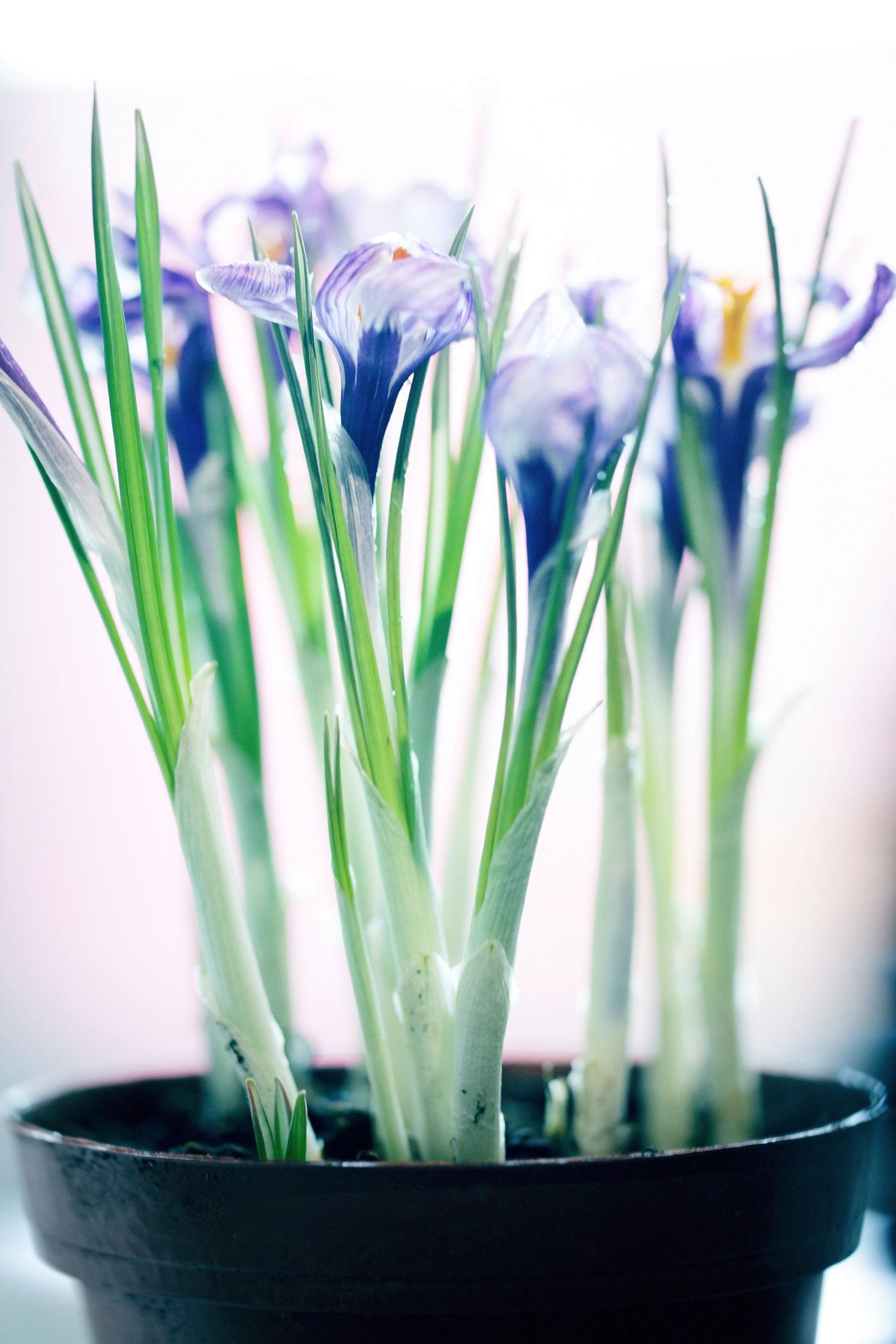
Saffron (Crocus sativus) is easily the most expensive spice on the market, which is why it might be a good idea to learn about growing saffron indoors. The care of saffron crocus is no more difficult than that of any other type of bulb. A saffron crocus is just your garden variety autumn crocus; the expense comes in the labor-intensive harvesting of the stigmas, or saffron threads. Each thread must be handpicked at just the most opportune moment; too late and the stigmas will degrade.
How to Grow Saffron Indoors
First, when growing saffron indoors, you'll want to acquire the bulbs. Make sure you buy from a reputable seed house and that the bulbs are saffron crocus and not autumn meadow crocus -- Crocus sativus, not Colchicum autumnale. Note: To figure out how many corms to order, the general rule of thumb is three threads per person times the number of people in the family times the number of saffron dishes made per year. For example, if a family of four has saffron dishes once every two months or so, they need 24 plants. Crocus of any sort will rot if planted in wet soil, so planting saffron crocuses inside will ensure the bulb or corms do not rot. Your bulb purveyor will send them to you at the correct time for planting and/or consult with them regarding your climate and location, but they should be planted in the fall. Lay 1 to 2 inches (2.5-5 cm.) of either fine gravel or coarse sand at the bottom of a 6-inch (15 cm.) planter. Fill the remainder of the container with a rich, well-draining potting medium. Dig a 2 to 3 inch (5-7.5 cm.) hole and place the corm root side down (points facing up!) into it then cover with soil. Space the bulbs 2 to 3 inches (5-7.5 cm.) apart. Situate the saffron crocuses inside in a cold room of between 35-48 F (2-9 C.), where they will get four to six hours of sun each day. Lightly water the bulbs every other day until the grass-like foliage begins to die back, usually around April. At this time, move the container to a warmer area to simulate spring temps of between 50-70 F (10-21 C.).
Additional Indoor Saffron Care
Watering care of saffron crocus at this stage should be re-initiated. Restart the every-other-day watering regime. Stigmas from the flowers -- there will be three per flower -- must be harvested from the blooms the same day they open. Snip open flowers from their stems and tweeze the saffron thread from the bloom, then lay the thread on a paper towel to dry (watch out for breezes or drafts!). Store the threads in an airtight container devoid of moisture. To use your saffron, either toast the strands and then grind into a powder or infuse them in a liquid for use in your favorite paella. Trim back the foliage only when you are positive the plant is no longer flowering. New buds should break the soil within one to seven days after the first bloom. On occasion, a second (rarely a third) may arise from the same plant. At this point, stop any irrigation and move the containers of crocus back into the cold room while dormant from April through September. While dormant, do not water the crocus. Remember, the corms will multiply each year, so eventually, you may have more than you need. Give them to another saffron-lover as a gift. The plants can live up to 15 years, but it's best to “refresh” them by digging up, dividing, and replanting every four to five years. Be patient; it takes an entire year before the first flowers appear.
Gardening tips, videos, info and more delivered right to your inbox!
Sign up for the Gardening Know How newsletter today and receive a free copy of our e-book "How to Grow Delicious Tomatoes".

Amy Grant has been gardening for 30 years and writing for 15. A professional chef and caterer, Amy's area of expertise is culinary gardening.
-
 Looking For Plants To Give You The Soft And Fuzzies? Try These 5 Fuzzy Leaf Plant Options
Looking For Plants To Give You The Soft And Fuzzies? Try These 5 Fuzzy Leaf Plant OptionsLovers of texture, drama, silver foliage and tactile plants will adore these special sensory garden additions. These fuzzy leaf plant options will leave you all aglow
By Susan Albert
-
 Get Ready For A Summer Of Hummers! Grow These Full Sun Hummingbird Plants and Flowers
Get Ready For A Summer Of Hummers! Grow These Full Sun Hummingbird Plants and FlowersIf you’re lucky enough to enjoy a sunny backyard, make sure you are maxing out on your pollinator opportunities and grow these full sun hummingbird plants and flowers
By Tonya Barnett
-
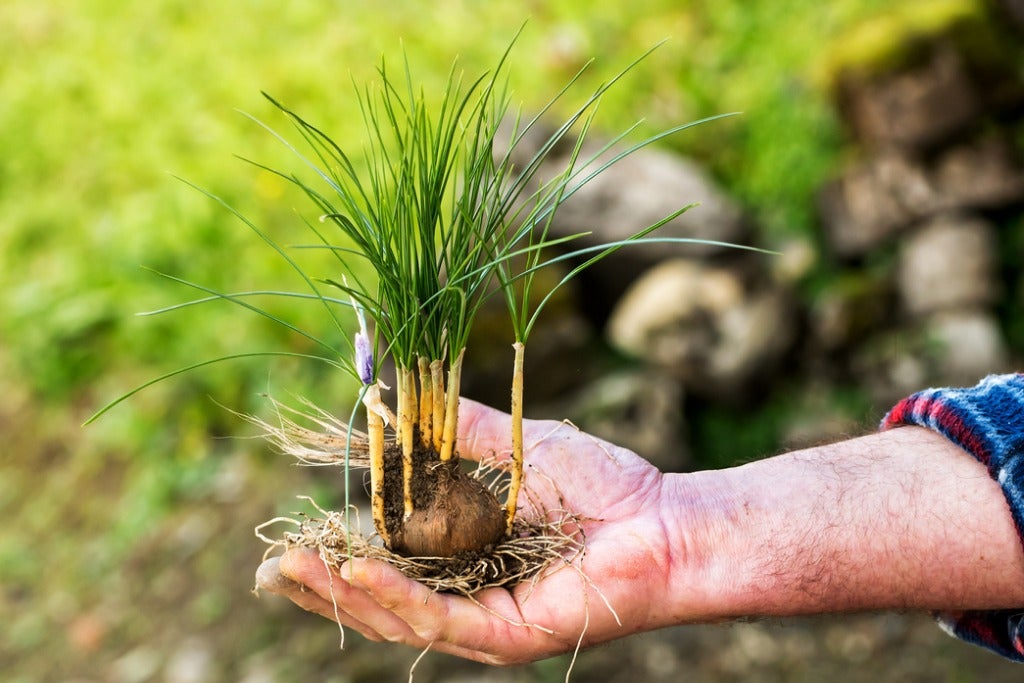 Non Blooming Saffron Crocus - How To Get Saffron Crocus Flowers
Non Blooming Saffron Crocus - How To Get Saffron Crocus FlowersIn order to enjoy the beauty of the flowers and, more importantly, protect your pocketbook, finding out why saffron crocus is not blooming is crucial. Read this article to find out how to get saffron crocus flowers in full production.
By Bonnie L. Grant
-
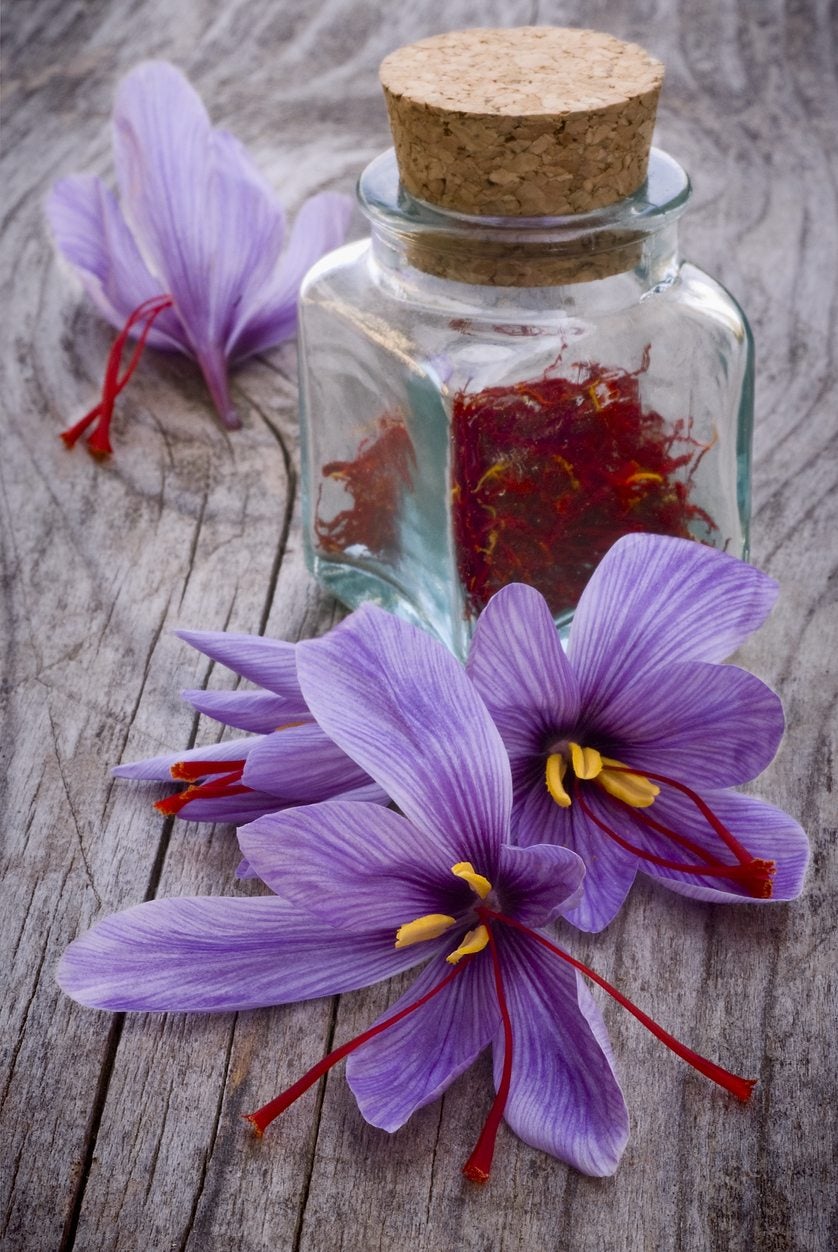 Saffron Harvest Info: How And When To Pick Saffron
Saffron Harvest Info: How And When To Pick SaffronThere's more to saffron than just growing it. You need to know how and when to harvest the herb. Learn about saffron crocus harvesting and its uses today by reading this article.
By Amy Grant
-
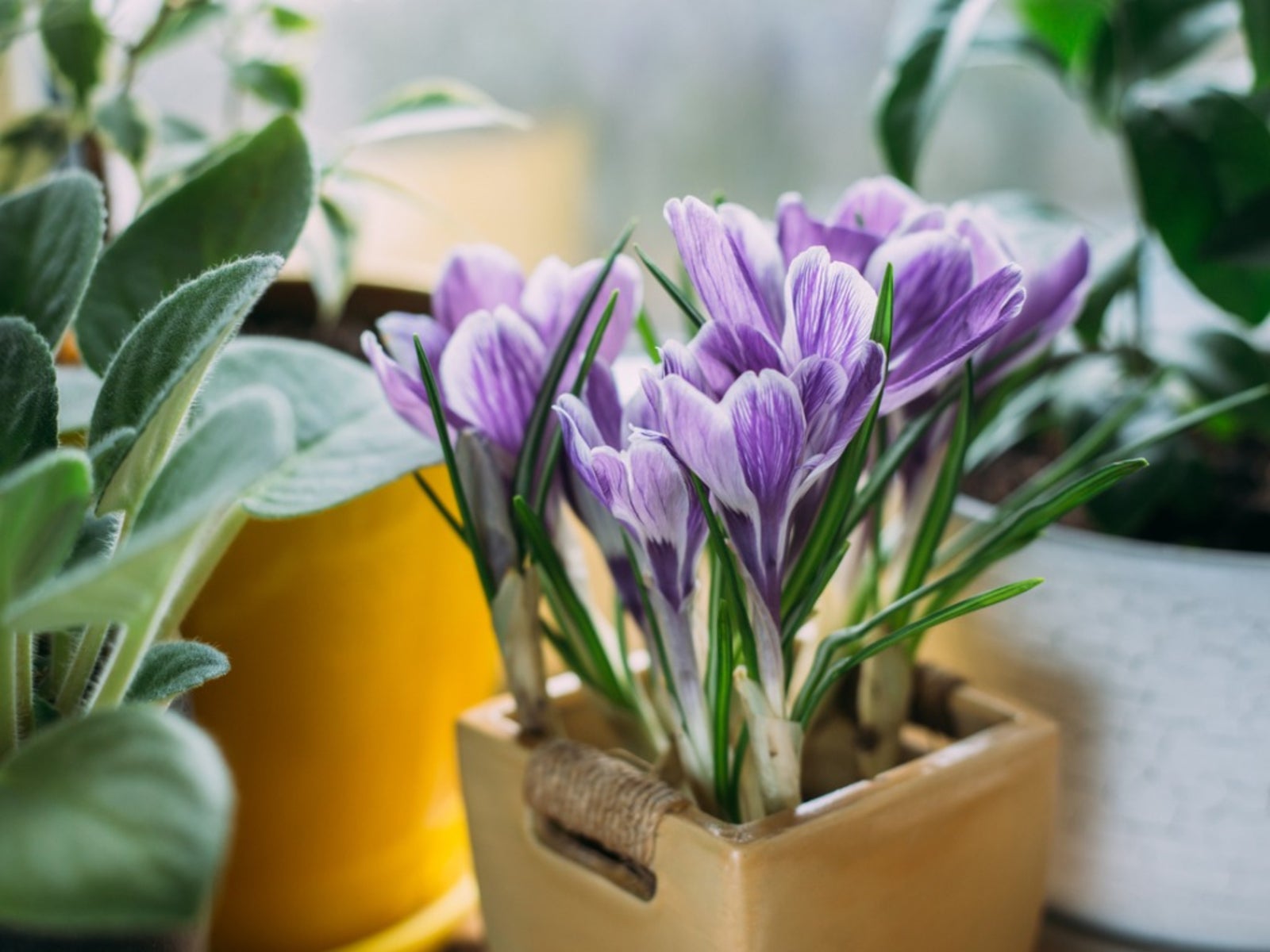 Container Grown Saffron - Care Of Saffron Crocus Bulb In Containers
Container Grown Saffron - Care Of Saffron Crocus Bulb In ContainersSaffron is an ancient spice that has been used as a flavor for food and also as a dye. Saffron comes from the three stigmas of the fall blooming Crocus sativus plant. Learn how to grow these plants in pots in this article.
By Susan Patterson
-
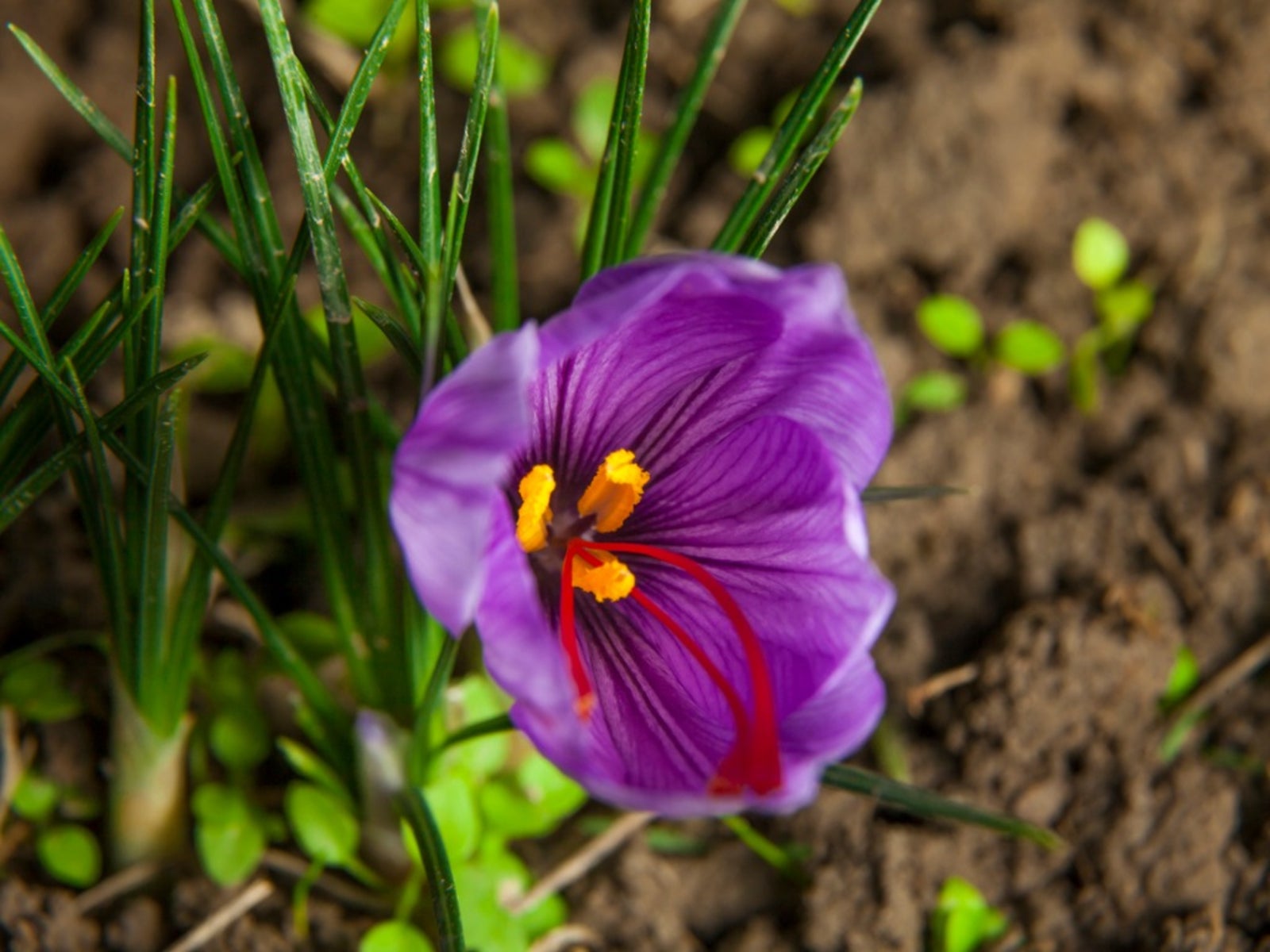 Saffron Flowers: Complete Plant Care & Growing Guide
Saffron Flowers: Complete Plant Care & Growing GuideLearn how to grow saffron crocus is worth the time and effort to have this incredibly expensive and delicious spice at your fingertips.
By Heather Rhoades